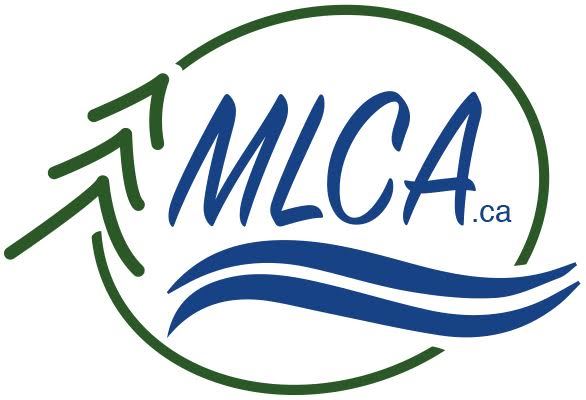.... |
Blue Green Algae
Overview In January of 2016, the Government of Ontario, due to their concern with the problem of Blue Green Algae, published Ontario's 12 Point Plan on Blue Green Algal Blooms. The plan outlines the health problems associated with blue green algae, how the government is dealing with the problems, the causes of the blooms, and the ways to reduce the occurrence of these blooms. The role of Health Units is made clear - they are to provide further information about the problem in local areas and to issue Advisories when required. The Stewardship & Environmental Standing Committee of the Township of McKellar is currently developing a local strategy to deal with the problem. Several MLCA directors and members are on this Committee. Health Unit's Role The North Bay/Parry Sound Health Unit has created an excellent online resource that summarizes the health threats associated with Blue Green Algae. It has excellent descriptions and photos to assist in the identification of blooms along with the actions to be taken while blooms are present. Suspected blooms are to be reported to the Ministry of the Environment, Conservation and Parks - Spills Action Centre - 1-866-MOE-TIPS (663-8477). Prevention Preventing a Bloom of Blue Green Algae describes the factors that can be practiced by each person using the lake to decrease the likelihood that we will develop an overgrowth of BGA. Based on a thorough review of the scientific literature, this article describes, in simple terms, the factors that contribute to the formation of a bloom and includes what to do if you see one on your lake in McKellar Township. FOCA's publication dealing with Healthy Waterfronts contains extensive material dealing with natural ways of keeping excessive nutrients out of our lakes. North Bay-Mattawa Conservation Authority's, Restore Your Shore program is focused on providing education and information to property owners with regard to protecting streambanks, shore lines, and wetlands through planting. Their Plant Guide shows a list of some native plants (trees, shrubs, perennials, wild flowers, vines, grasses and ferns) recommended for shoreline planting in the NBMCA area. The list is broken down by sunlight and soil conditions. The NBMCA also recommends the CANPLANT database as a tool for choosing plants - it narrows down your choice of 5000 plants by letting you choose the factors specific to your location and your preferenecs. (Note: The MLCA does not endorse the use of this company for the purchase of plants) The Lake Protection Workbook: A Self-Assessment Tool for Shoreline Property Owners, is available from Watersheds Canada as a free pdf download. "This Workbook is a tool designed for you to self-assess whether activities and uses on your property are protecting your lake. Practical information, recommendations and space for recording improvements are offered to assist you in your lake protection efforts." Watersheds Canada's Natural Edge: Restoring the Ribbon of Life program provides information and resources for planting native vegetation and maintaining a shoreline buffer. Their Native Plant Database, while similar to the CANPLANT resource listed above, also includes an option to choose your Hardiness Zone in the province. This will allow you to choose plants that are appropriate to our area. Several video resources are also available on their website. Currently, the free site assessments discussed on the website are not available as Natural Edge does not have a Delivery Partner in our area - hopefully that will change soon. |

